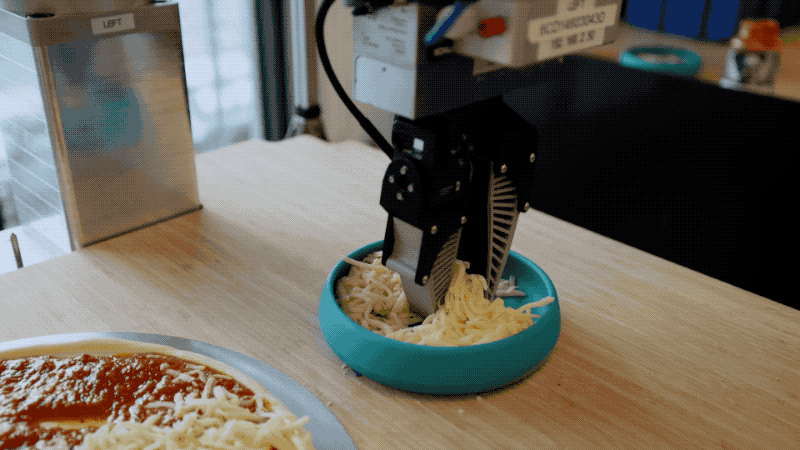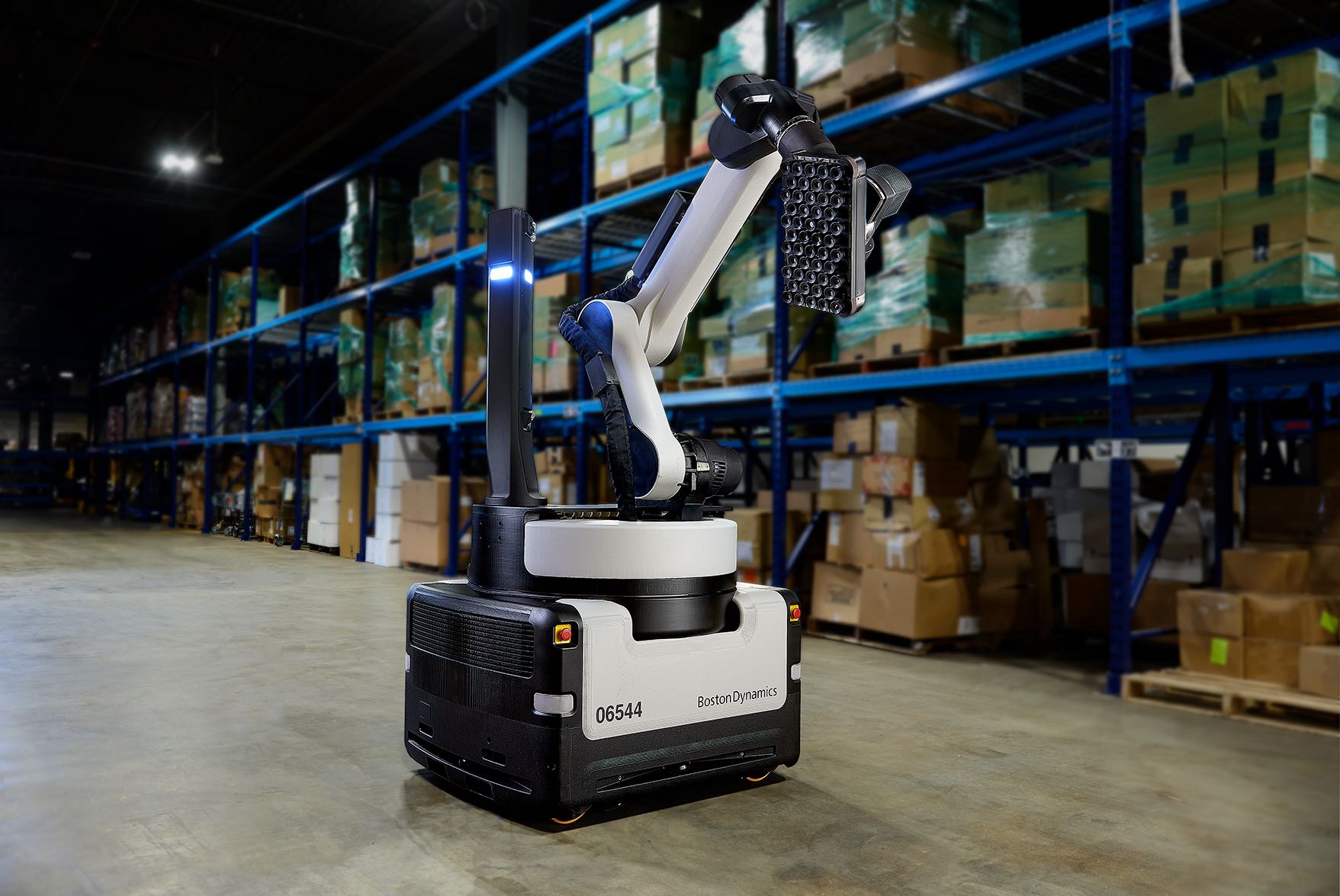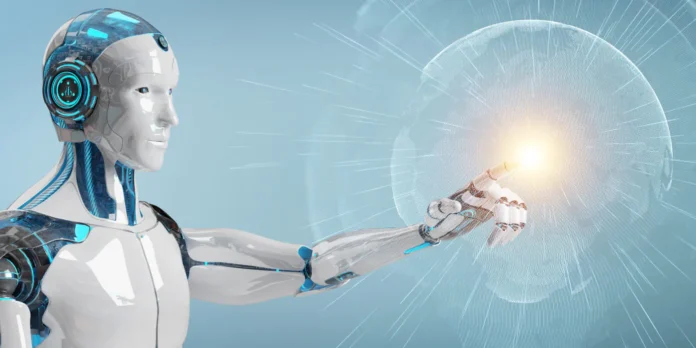Raibert founded the lab at Carnegie Mellon University (CMU) in 1980, before moving operations to MIT. The team focused on robot locomotion research that would pave the way for Boston Dynamics' work.
“When we started, all the robots that had legs moved very slowly, they were crab-like things that hugged the ground and then tentatively took a step and hoped that things wouldn't fall and then they moved like a spider that moved slowly. ”says Raibert. "I was interested in how animals work, and I looked at it and said, 'Wow, this is as far from correct as possible.' I went the other way to see if we could do something that would improve the dynamics and power of the machine, that was part of the story, and the springs and rebounds were part of it. My lab worked on that. “We build jumping robots.”
Raibert ran the laboratory for 15 years. Several future robotics luminaries would make their way through the program, including AI ethics professor Joanna Bryson, research scientist Jerry Pratt, WobbleWorks co-founder Peter Dilworth, artist Daniel Paluska, and CSAIL professor and vice president of the Toyota Research Institute (TRI), Russ Tedrake and Agility Robotics co-founder Jonathan Hurst, was a visiting CMU student one summer.
Raibert and Pratt first crossed paths when the latter was a student at MIT. Raibert would found Boston Dynamics in 1992 and hand the keys to the Leg Lab to Pratt three years later.
“Marc was an incredibly generous teacher,” Pratt says of his early days. “One of the wonderful things about MIT at that time and about Marc in particular is that I was a little kid, and as a graduate student and then as a young professor, he welcomed me. For a while, we were both working on the Leg Lab at the same time, and Marc had done this extraordinary work with running robots. I decided that maybe he would work on walking robots. That's how we crossed paths then, and then when he left to form Boston Dynamics, he was very kind and basically gave me the lab and everything that was there.”
Pratt remained in academia for the next two decades, transferring from MIT to Olin in 2001. Nine years later, he became program director at DARPA. It was there that the two crossed paths once again. Boston Dynamics designed Atlas for DARPA. The humanoid robot made its debut in 2013 and since then it has become a pillar of robotics challenges.
Three years later, Pratt was named executive director of TRI. Raibert continued as CEO of Boston Dynamics until 2019, handing the reins to former employee Rob Playter, who managed the company's shift toward more commercial activities. Last year, Raibert (who still serves as president of BD) founded the Boston Dynamics AI Institute. The organization has a lot in common with TRI. Both are dedicated to pure research, with the backing of two large car manufacturers (Toyota and Hyundai).
“Pure research” is a somewhat complex term. The concept is certainly hopeful: finding a method that can sustain research outside the pressures of academic and corporate research and development.

When asked if there is pressure from Toyota to produce, Pratt says: “There really isn't, and I'm not just saying that to be nice. I think one of the best things about companies that have been around for a long time is that it's not the first time they've done R&D. Certainly, most of the R&D budget within Toyota is spent figuring out how to make the next car or maybe the car in five years. But there is a notion (and I'm sure Hyundai shares it) that we are at a once-in-a-century moment of transformation in the auto industry. The Power Plants Battery powered cars are much simpler to manufacture than cars in the past: no engine, no transmission, etc. Therefore, we are going to have to compete much more fiercely in cars. But also, can we use the company's skills, dreams and hopes to go beyond cars? TRI's job is to really think about what's next. What comes after the cars and at the same time in some sophisticated elements about them.
For TRI, much of what's next focuses on supporting aging populations. The organization invests a good portion of its resources in developing technology designed to help seniors live more independently. That is the root of the research that we share from the la institute. Note senior research scientist Benjamin Burchfiel:
We have seen great progress with the advent of large language models (LLMs), using them to impart this high level of cognitive intelligence to robots. If you have a robot that picks something up, now instead of having to specify an object, you can tell it to pick up the Coke can. Either you can tell him to pick up the shiny object, or you can do the same and do it in French. That's really cool, but if you want a robot to plug in a USB device or pick up a tissue, those models just don't work. They are really useful, but they don't solve that part of the problem. We're focused on filling in that missing piece, and what we're really excited about now is that we actually have a system and the fundamentals are right.
The Boston Dynamics AI Institute is still in its infancy and therefore doesn't have much to show the public in terms of research yet. However, it is doing mucho of recruitment. has announced that MIT's Kate Darling will lead research on "the ethics and social impact of robotics and artificial intelligence" From the institute:
Darling's team will explore immediate and long-term issues around the implementation and use of robotics, the impact on the workplace, infrastructure and other topics. The team will conduct studies and experiments designed to generate data necessary for others to make informed ethical and policy decisions, and will also develop a series of talks and workshops at the intersection of ethics, law, economics and robotics that will provide a platform for a wide discussion.
"I've heard Gill say that making a car is about taking little pieces of metal and beating them up, welding them together, and putting them together," Raibert says. “That's a little primitive. Now we have software, robotics, artificial intelligence among other facilities, and automotive companies must adopt it. “I think Hyundai leaders (the president visited me last week and we are in close contact with him and the people who work with him) think that entering the 22nd century is something important and we are starting with it now.”

Image: Boston Dynamics
Pratt adds: “There's actually an alignment happening between cars and robotics as well. Rod Brooks was the one who a few years ago said that modern cars are robots for caring for the elderly. I think that's really true. Think about the amount of computers and software they contain. “TRI has different divisions, one of which works on very advanced things in automobiles that completely overlaps with some of the software and some of the concepts that we are using in the robotics space.”
For its part, the Boston Dynamics AI Institute lists three key pillars of its research: intelligence, dexterity and mobility. This is effectively making robots smarter, better at mobile manipulation, and moving more dynamically. Raibert admits that “Boston Dynamics AI Institute” might not be the most instructive name, both in terms of confusion between it and the company Boston Dynamics, as well as an apparent focus on AI over robotics. Apparently a name change is coming, but nothing has been decided yet.




